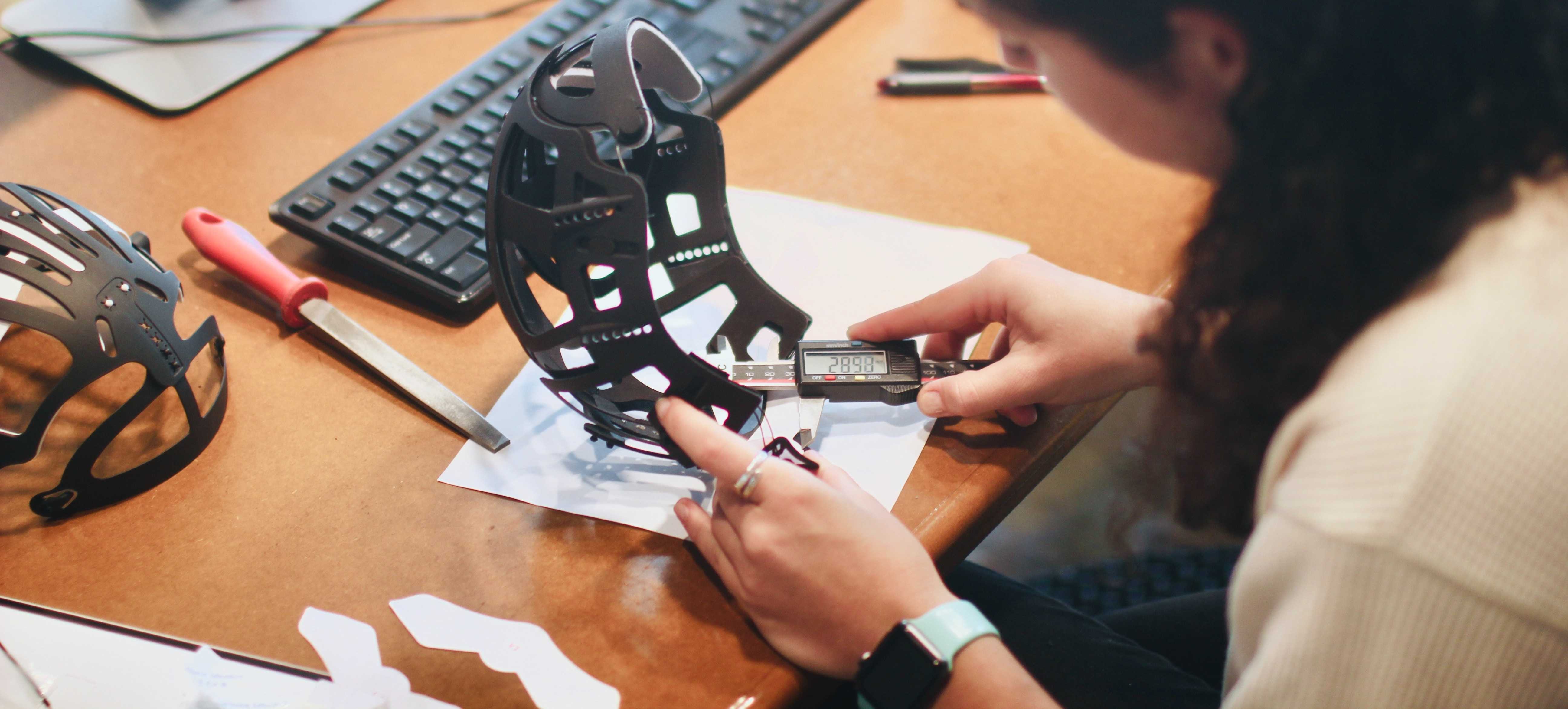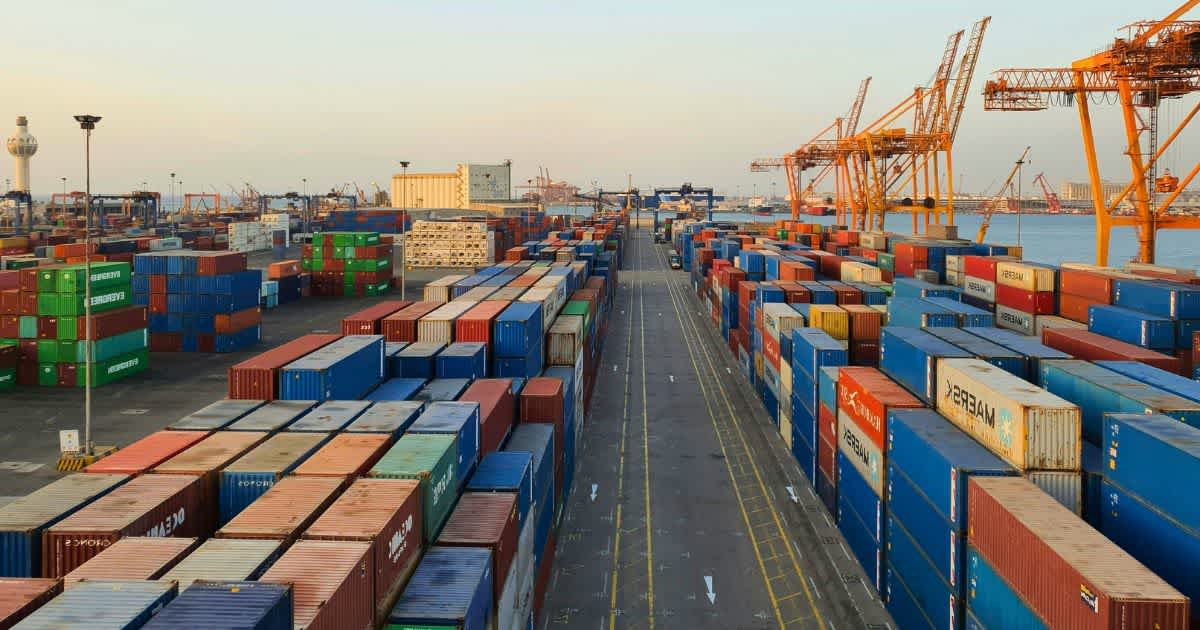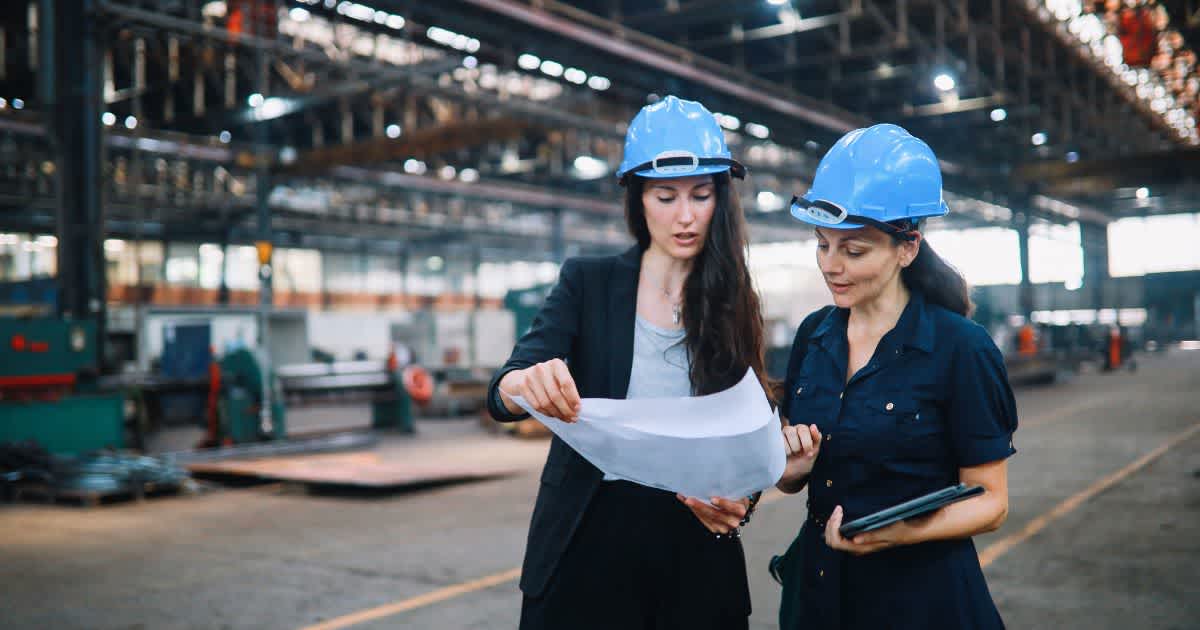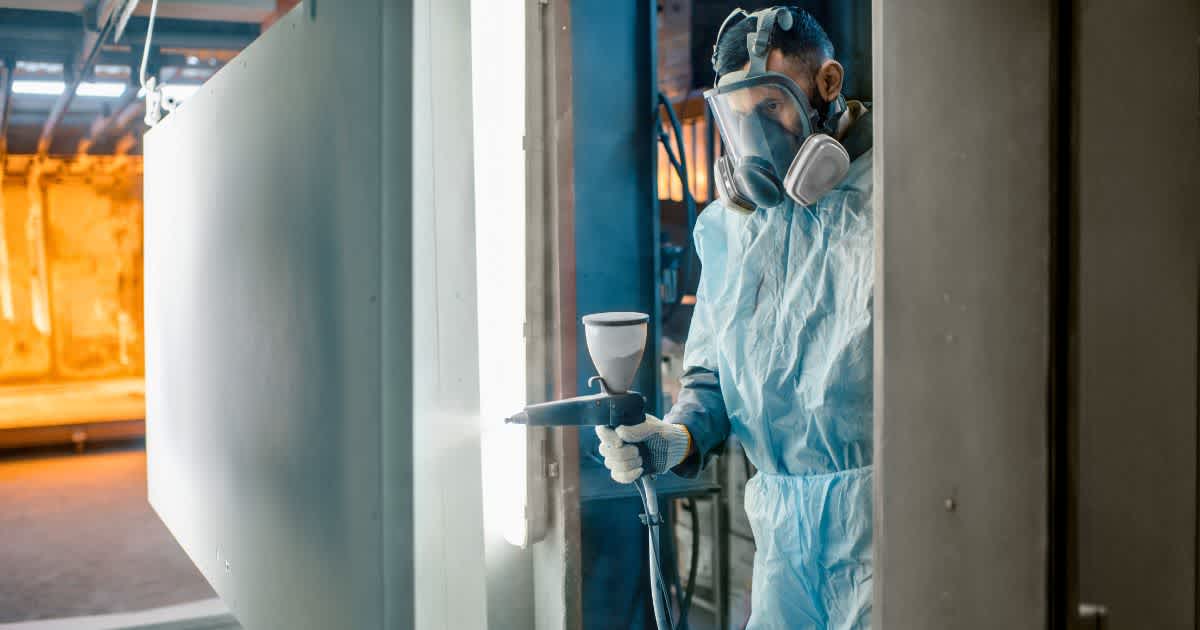Thermo-mug-hype: A look at the production process
Reading Time: 5 min.

From the idea to the finished product: how personalised thermo mugs are created
Personalised thermo mugs are more than just practical drinking cups - they have established themselves as a trendy accessory - whether for sports, in the office, on the go or for outdoor activities. They are not only practical and environmentally friendly, but also offer a wonderful opportunity to strengthen brand identity and customer loyalty. However, the production of personalised content or products is a highly complex process. As it combines advanced technology with delicate craftsmanship. In this article, we take a detailed look behind the scenes of the production of personalised thermo mugs and show how companies can go about creating high-quality, customised products. Using the well-known Stanley Cup as an example, we show how such thermo mugs are created and why they are so popular.
The production process in detail
Choice of materials: focus on stainless steel and BPA-free plastic: :
The first step in the production of a thermo mug or "travel mug" is the selection of materials. Most thermo mugs are made of stainless steel, which is known for its durability, corrosion resistance and excellent insulating properties. These materials are not only robust, but also environmentally friendly as they are recyclable. Stainless steel thermo mugs offer a robust and durable option for anyone who values quality. Other materials, such as BPA-free plastic, are also used for the lids and the silicone in the seals.
Prototype design: creative processes for personalisation:
The design phase begins as soon as the material has been selected. This is where the basic design of the cup is developed. Designers use modern CAD (computer-aided design) software to create precise digital models of the thermo mug. After the digital design, a physical prototype is created, often using 3D printing technologies. This prototype is thoroughly tested to ensure that the design is both aesthetically pleasing and functional. Sampling plays a decisive role in ensuring the quality and functionality of the prototype. Based on these tests, adjustments can be made until the final product is perfect.
Production of the components:
As soon as the design has been finalised, production of the individual components begins. The stainless steel is moulded into the desired shape, usually by deep drawing or pressing. This creates the main body of the thermo mug. At the same time, the plastic and silicone components such as lids, seals and handles are produced by injection moulding. In this process, heated material is injected into moulds and cooled until it takes on the desired shape.
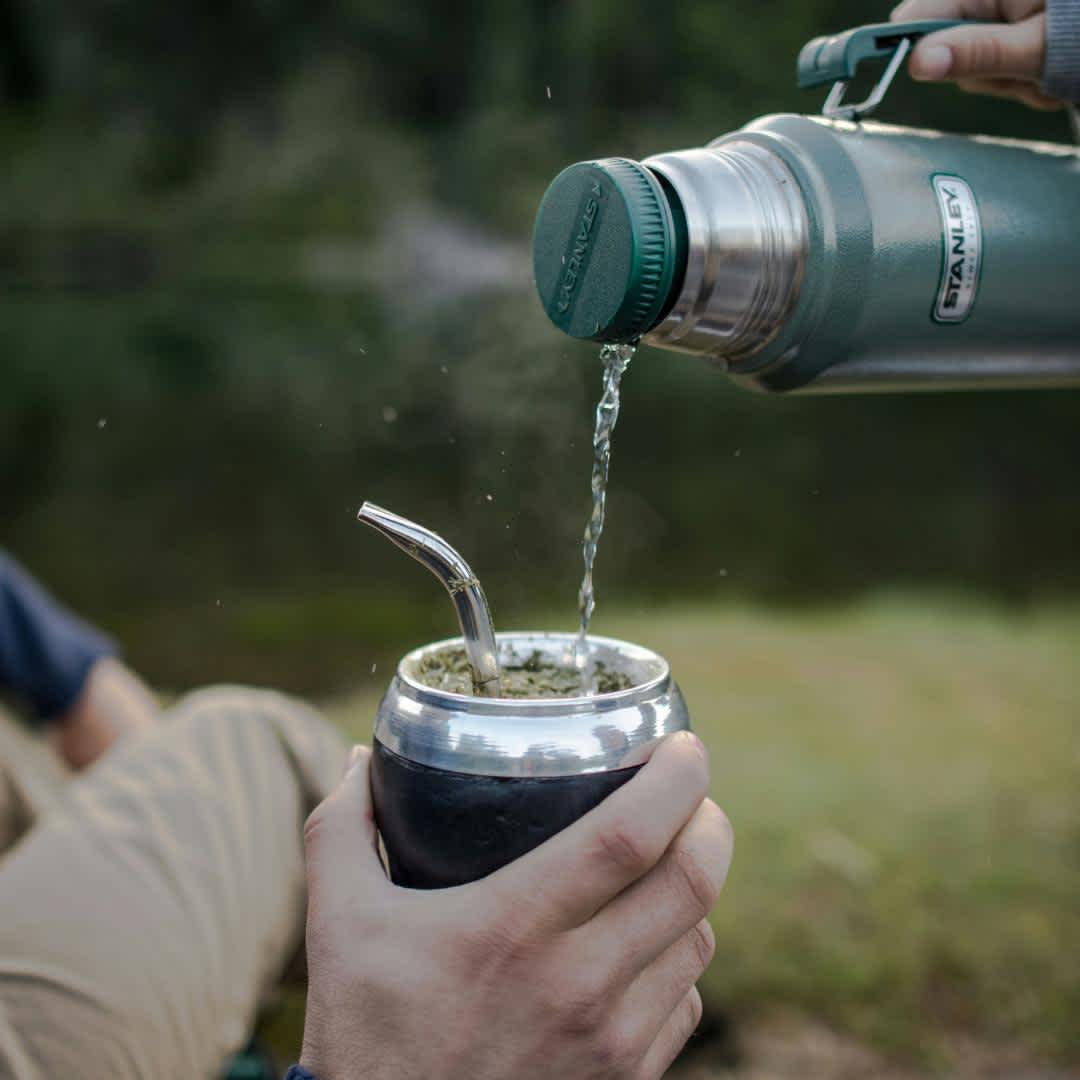
Insulation process - the secret of heat storage:
A crucial step in the production of thermo mugs is the application of the isolation layer. Double-walled vacuum insulation is often used, in which a vacuum is created between the two stainless steel walls. This vacuum reduces heat loss and ensures that hot drinks stay hot for longer and cold drinks stay cold for longer. This process requires specialised machinery and precise control to ensure that the vacuum is perfectly sealed. Otherwise - who hasn't experienced it - liquid will leak out at the end and the thermo mugs will leak.
Personalisation techniques:
There are various methods of personalising thermo mugs. The popular "Stanley Cups" already use these personalisation options to set themselves apart from other brands. A personalised thermo mug is not only a practical gift, but also a powerful marketing tool. The most common include engraving and printing:
Laser engraving: laser engraving on stainless steel involves using a laser to burn the design into the surface. This method is particularly durable and resistant to wear and tear.
Screen printing: colour is printed onto the mug through a fine mesh. This process is particularly suitable for coloured logos and designs.
Sublimation printing: In sublimation printing, the design is first printed on a special paper and then transferred to the cup using heat. This method enables detailed and colourful prints.
In addition to the techniques mentioned above, the plastic components of the thermo mugs, such as lids and handles, can also be customised. The possibility of implementing your own shapes and colours opens up a wide range of creative design options.
Assembly and final assembly:
In this step, the individual components of the thermo beaker are assembled. The lids are fitted and the seals inserted. Finally, each part is carefully inspected for accuracy of fit and function.
Quality controls:
After final assembly, each cup has to pass a strict quality check. This includes checking the engraving or printing for precision and durability. The thermal drinking cup is also checked for accuracy of fit and function. Particular attention is paid to recognising material defects and assessing the quality of workmanship.
Packaging and dispatch:
As soon as the cups have passed quality control, they are being packed. Here, attention can also be paid to personalisation - for example, through individualised packaging that further reinforces the company's branding. In the final step, the thermo mugs are dispatched to the customer.
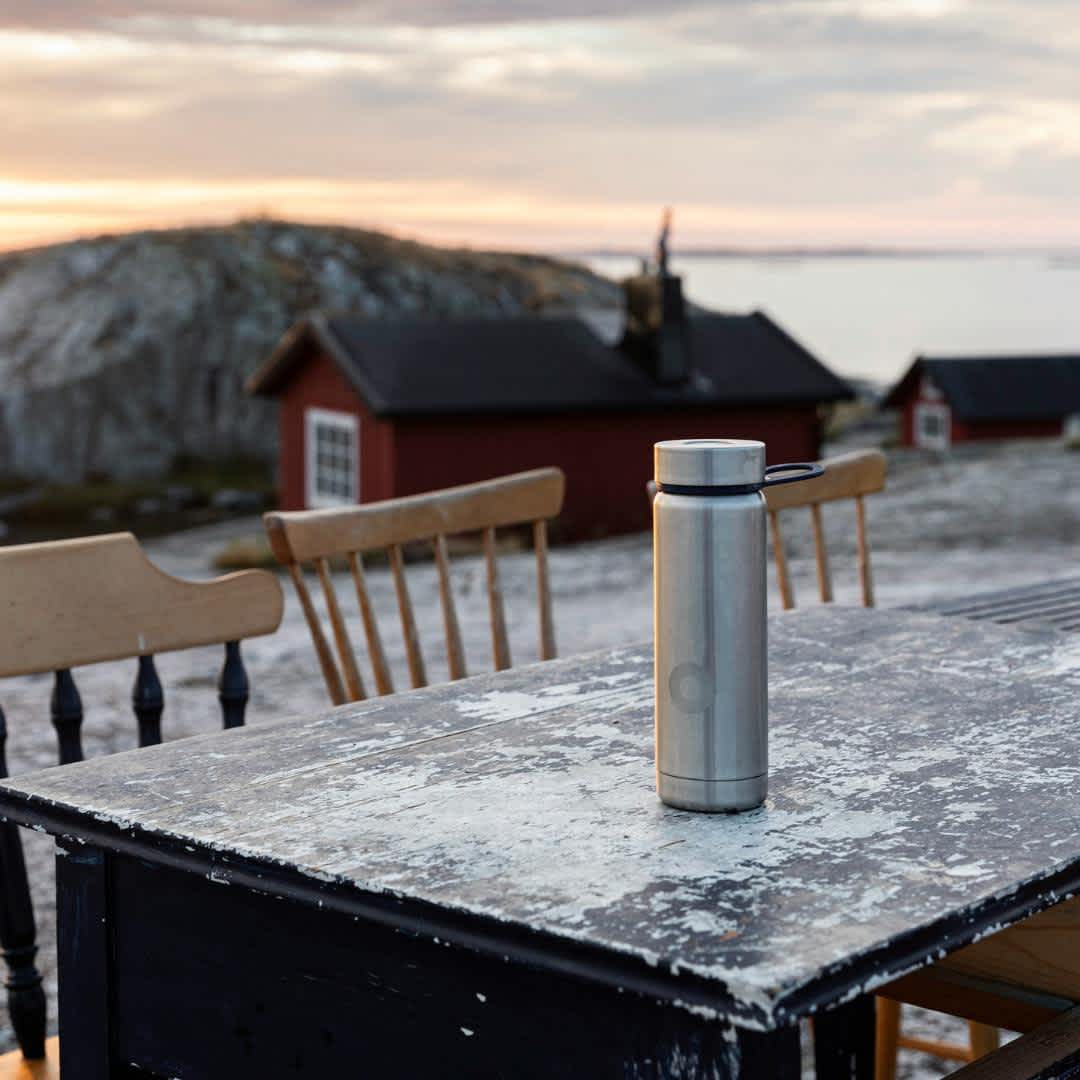
Ways of producing personalised thermo drinking cups for companies
Small batches and large orders: Manufacturers will often offer flexible production options that include small batches for specific occasions as well as bulk orders. This enables companies to order personalised thermo mugs exactly as required.
Collaborations with designers: Companies can work with designers to develop unique and creative designs. Such collaborations can result in particularly original products that also reflect the brand identity.
Environmentally friendly production methods: More and more manufacturers are turning to sustainable production methods to minimise their environmental footprint. This can be an additional selling point for environmentally conscious customers.
Innovations and trends: Technology is constantly evolving and new methods of personalisation are coming onto the market. Companies can benefit from these innovations by keeping an eye on the latest trends and techniques.
The special features of the "Stanley Cups"
The "Stanley Cups" are an excellent example of how thermo mugs can be individualised with special shapes and colours. In contrast to "classic" thermo cups, which often have a rather standardised design, Stanley Cups are characterised by their robust yet elegant shapes. Another practical feature is their size, which is designed to fit perfectly in car holders. This makes them ideal for travelling, whether for the daily commute or longer car journeys. The cups are designed to be both visually appealing and functional. As a result, the brand appeals equally to outdoor enthusiasts, sports fans or office workers. Another outstanding feature of Stanley Cups is the variety of colours available. While traditional thermo cups are often only offered in a limited range of colours, Stanley offers a wide selection of colours. This allows customers to choose a cup that suits their personal style.
The production of personalised thermo mugs is a complex process that combines precise craftsmanship and modern technology. Companies have numerous opportunities to utilise this process. Unique and high-quality products can be realised that are both practical and brand-enhancing. By working with experienced partners, manufacturers and designers, companies can ensure that their personalised products are not only functional, but also stylish and durable. An example of such a process is the well-known Stanley Cup, whose manufacturing process offers many valuable insights.
Line Up offers comprehensive services for the production of thermo cups, covering the entire process - from material selection to prototyping and final production.
You can find more information about our services on our website or send us your enquiry directly using our contact form.
Newsletter Registration
Sign up now for our free Line Up newsletter and stay up to date.

